Salmon, often revered for its health benefits and delicious flavor, comes with a price tag that can sometimes leave consumers scratching their heads. The factors behind the high cost of salmon are not arbitrary; they are deeply rooted in market dynamics, production intricacies, and environmental considerations.
Understanding why is salmon so expensive involves delving into the intricacies of demand-supply dynamics, production costs, global market trends, environmental regulations, and transportation expenses. In this blog post, we will unravel the mystery behind the price of salmon, shedding light on the market factors that contribute to its premium value.
The Rise of Salmon: A Delicious and Nutritious Choice
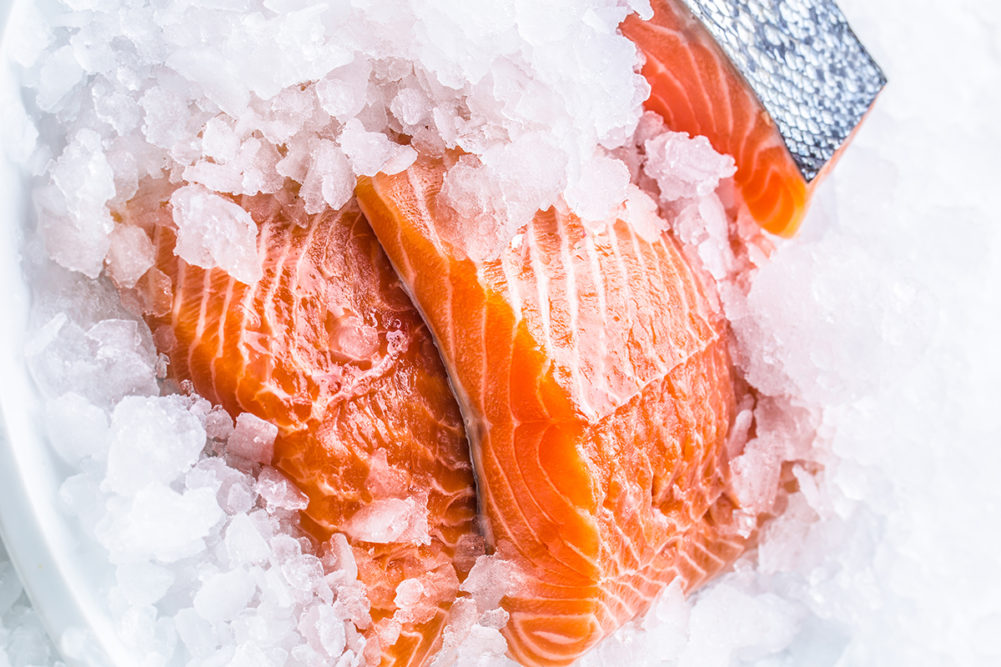
Salmon reigns supreme in the seafood market, consistently enjoying high demand. This popularity stems from several factors, including its taste, versatility, and impressive health profile.
Salmon’s delectable flavor and adaptability in the kitchen make it a favorite among home cooks. Beyond its deliciousness, salmon boasts a wealth of health benefits. It’s a powerhouse of omega-3 fatty acids, crucial for heart health. It’s also rich in high-quality protein and essential vitamins and minerals. This focus on healthy, nutritious food choices has significantly driven the demand for salmon.
The growing global appetite for seafood and the increasing awareness of sustainable sourcing practices have further fueled salmon’s popularity. Consumers are more interested in where their food comes from, and salmon producers who prioritize responsible practices are well-positioned to meet this demand.
Salmon Farming: Balancing Demand with Sustainability

Salmon farms play a vital role in meeting the high demand for this delicious fish. However, sustainable practices are crucial to ensure the long-term health of the industry and the environment. Here’s how responsible salmon farming contributes to a healthy supply chain:
- Responsible Feed Sourcing: Sustainable farms use eco-friendly feed sources, reducing their reliance on wild fish for fishmeal and fish oil.
- Disease Management: Strict monitoring and prevention measures help minimize the use of antibiotics and chemicals, protecting both farmed and wild salmon populations.
- Water Management: Advanced systems ensure minimal waste and reduced impact on surrounding ecosystems.
- Waste Management: Proper waste disposal prevents harmful substances from entering the environment, minimizing pollution.
By adopting these practices, salmon farms can provide high-quality fish while safeguarding the environment for future generations.
The Journey of Salmon: Logistics and Transportation Costs
Logistics and transportation significantly impact the final price of salmon. Getting fresh or frozen salmon from farms to processing plants and then onto store shelves requires specialized handling.
- Temperature Control: Maintaining freshness necessitates specialized packaging, refrigeration throughout the journey, and specific transportation equipment, all adding to the cost.
- Distance Matters: The distance between farms and markets heavily influences transportation costs. Fuel prices, infrastructure quality, and customs procedures further affect logistics expenses.
In conclusion, the cost of salmon reflects the complex interplay between sustainable farming practices, efficient transportation, and various other factors within the supply chain.
Environmental Factors Affecting the Salmon Industry
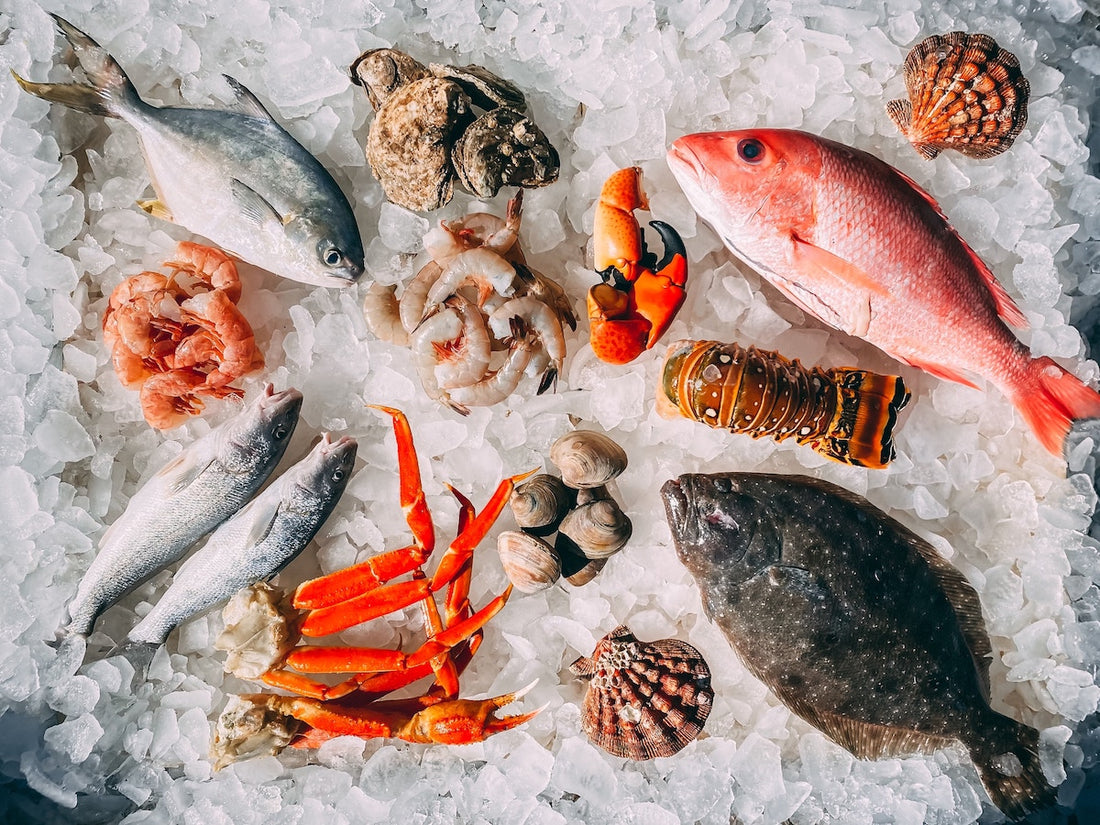
The salmon industry faces challenges due to environmental factors that influence both the supply and price of salmon.
- Climate Change Threat: Rising water temperatures and changing ocean conditions disrupt salmon spawning patterns and survival. Warmer temperatures harm the clean, cold, and plentiful freshwater streams and rivers salmon rely on. This habitat loss, along with melting glaciers and decreasing snowpack, reduces suitable spawning grounds and leads to population decline.
- Impact of Regulations and Conservation: Regulations and conservation efforts aim to protect wild salmon populations through fishing restrictions and seasonal closures. These measures can limit supply by reducing fishing quotas. Additionally, conservation efforts like habitat restoration and hatcheries incur costs that raise the final price of salmon. While crucial for long-term sustainability, these efforts contribute to higher market prices.
The Competitive Landscape of the Salmon Market
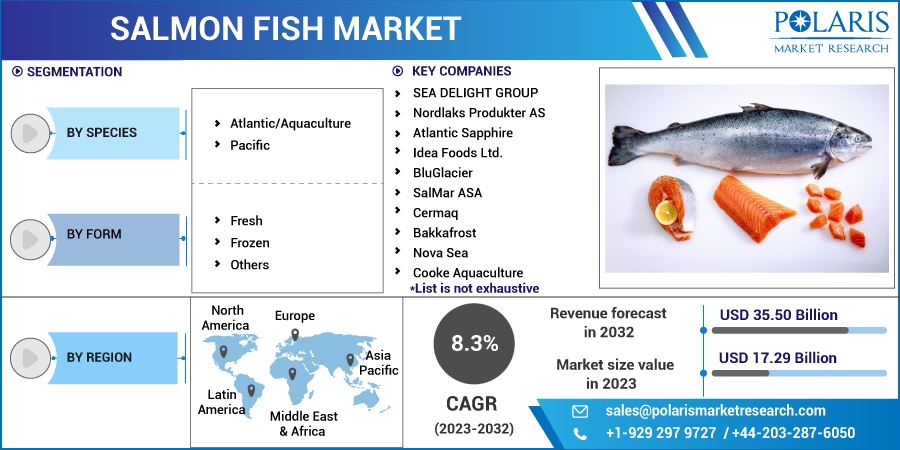
The salmon market is dynamic and competitive, fueled by rising global demand and a multitude of suppliers. As salmon popularity surges, companies fiercely compete for market share, resulting in a constantly evolving environment.
Leading companies in the industry are constantly strategizing to stay ahead of the curve. This often involves investing in research and development to enhance product quality while simultaneously expanding their market reach. This fierce competition is a double-edged sword. It drives market growth but also presents both challenges and opportunities for participants. Strategic collaborations, mergers, and acquisitions are becoming increasingly common.
In this competitive landscape, the ability to adapt to ever-changing consumer preferences is paramount. Staying innovative is crucial for success. Companies that can cater to evolving tastes and dietary needs will be best positioned to thrive.
Global demand for salmon is on a steady rise, which naturally intensifies competition among suppliers. Salmon’s unique flavor profile and established health benefits have propelled it to a position of global popularity. This surging demand is a key driver of price fluctuations in the salmon industry. Other factors influencing price include supply and demand dynamics, environmental conditions, and broader economic trends.
The salmon market is known for its volatility, with prices fluctuating based on fish availability, production levels, and the intensity of competition. Market trends also play a significant role. Growing consumer demand for sustainable and organic seafood options can elevate prices for premium salmon products. Additionally, emerging trends like online seafood platforms and direct-to-consumer sales are reshaping distribution channels and impacting the overall price structure.
For both suppliers and consumers, monitoring market trends and adapting to changing consumer preferences is crucial for navigating the price fluctuations inherent in the salmon industry.
The High Price of Salmon: A Breakdown of Production Costs
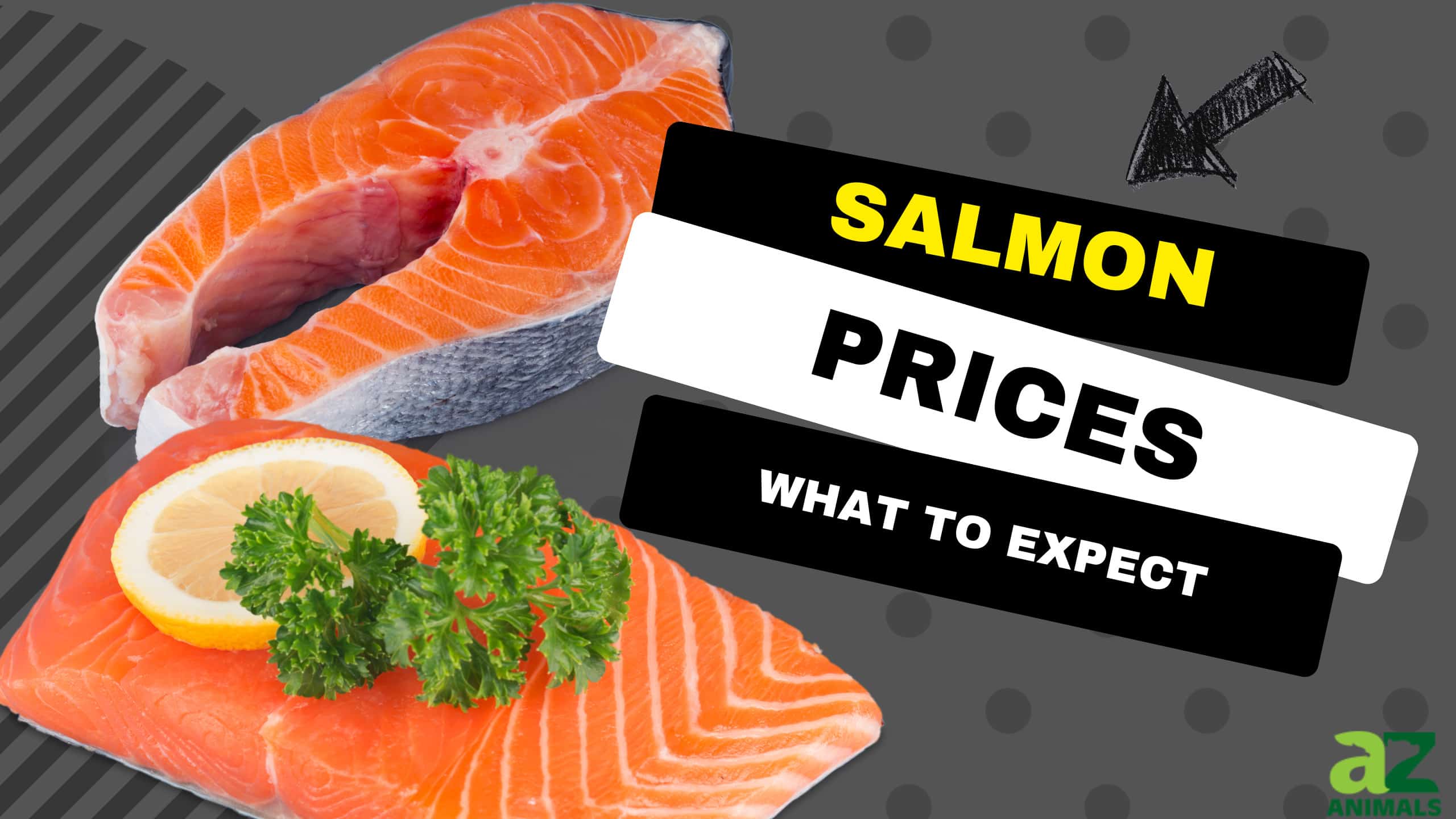
Salmon is a delicious and nutritious fish, but its price tag can be hefty. Let’s delve into the reasons behind this cost.
Significant Expenses in Salmon Farming
Several factors contribute to the high cost of producing salmon. These include:
- Labor Costs: Salmon farming is labor-intensive. Workers are needed to feed the fish, monitor water quality, and maintain the farm infrastructure. The wages and benefits for these skilled workers add to the production cost.
- Feed Costs: Salmon feed is another major expense. It typically includes fishmeal and fish oil, and the price fluctuates depending on market conditions. The availability, quality, and overall demand for these ingredients impact the final feed cost, which in turn affects the price of salmon.
Investing in a Sustainable Future
The salmon industry is actively investing in new technologies and innovative practices to improve production efficiency and minimize environmental impact. Here are some areas of focus:
- Aquaculture Systems: Advancements in aquaculture systems, like smarter net pens, are being explored.
- Genetics: Selective breeding programs aim to develop salmon with improved disease resistance and faster growth rates.
- Feed Technology: Researchers are developing new feed formulations that reduce reliance on fishmeal and fish oil, making salmon farming more sustainable.
These advancements, while beneficial for the environment, also contribute to the overall cost of salmon production.
In summary, the high price of salmon reflects the combined costs of labor, feed, and ongoing efforts to ensure a sustainable and efficient aquaculture industry.
Conclusion
Salmon’s popularity and well-known health benefits have driven up demand, making it a more expensive fish. However, this isn’t the only factor at play. Let’s delve into what shapes the price of salmon.
Understanding the Cost
- High Demand, High Prices: Consumers love salmon, and that demand puts pressure on prices.
- Environmental Impact: Climate change and conservation efforts affect salmon populations, impacting availability and driving prices up.
- Market Fluctuations: Competition among suppliers and natural price fluctuations also contribute to the overall cost.
- Farming Costs: Labor, fish feed, and investments in technology and sustainable practices add to the expense of raising salmon.
Looking to the Future
The salmon market has a positive outlook due to continued consumer demand. However, there are challenges to address:
- Climate Change Threat: A warming planet threatens salmon populations, potentially raising prices due to lower availability.
- Balancing Conservation and Production: Regulations aimed at protecting salmon may impact production and supply.
- Innovation and Efficiency: Intense competition will push suppliers to find new ways to meet demand efficiently.
- Sustainable Practices and Costs: Balancing rising labor and feed costs with sustainable farming practices will be crucial.
By understanding these factors, we can better comprehend why salmon is expensive and anticipate the challenges the salmon market faces in the future.
FAQ about Why Is Salmon So Expensive: Understanding Market Factors
Q: What are the main reasons behind the high cost of salmon?
A: The cost of salmon is influenced by various market factors such as demand-supply dynamics, production costs, global market trends, environmental regulations, and transportation expenses.
Q: How do demand-supply dynamics affect the price of salmon?
A: Salmon is a popular protein choice worldwide, and it is in high demand.
Q: Are environmental regulations a significant factor in the cost of salmon?
A: Yes, strict environmental regulations can impact the salmon farming industry’s costs, contributing to the overall price.
Q: What role do production costs play in the pricing of salmon?
A: High production costs, including feed, labor, and maintenance expenses, can drive up the price of salmon in the market.
Q: How do global market trends influence the cost of salmon?
A: Fluctuations in global market trends, such as currency exchange rates and trade agreements, can impact the pricing of salmon for consumers.
Q: Are transportation expenses a significant factor in the high cost of salmon?
A: Yes, transportation costs, including logistics and shipping fees, can add to the overall price of salmon in the market.
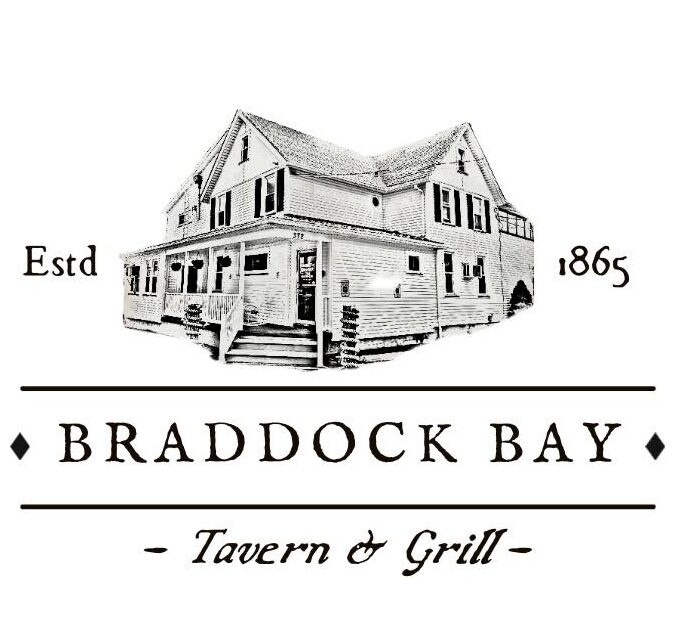
Welcome to Braddock Bay Tavern & Grill, where history, delicious cuisine, and stunning views come together to create an unforgettable experience. Our restaurant, situated on the picturesque edge of Lake Ontario, has a rich history that adds a unique charm to your dining experience. The roots of our establishment can be traced back to 1865, when it was first constructed as an icehouse. Over the years, it transformed into the historic Braddock Bay Hotel, becoming a beloved local landmark. Today, we take pride in preserving the building’s historical beauty, ensuring that every visit to our restaurant is a journey through time.